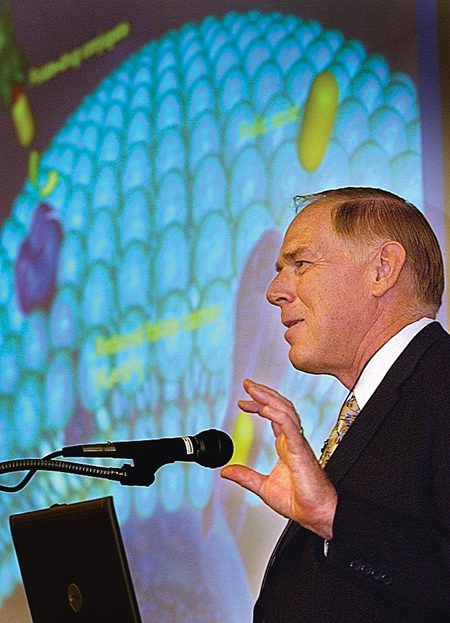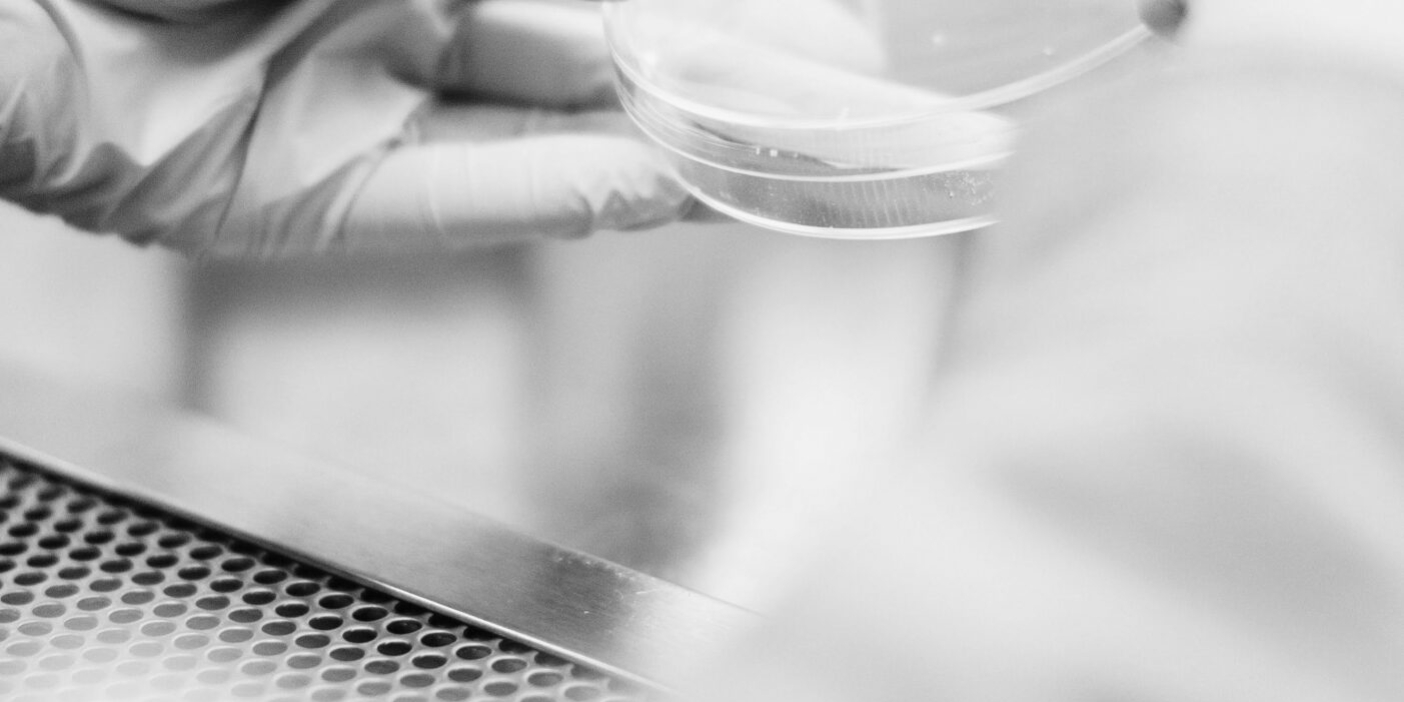When chemistry professor Joshua L. Andersen (BS ’01) studied samples from brain tumors in children as a postdoc at Duke University’s cancer center, he was struck that 60 to 70 percent of patients with certain brain tumors were cured—thanks to chemotherapy. Yet the cognitive development of these children was often stunted, freezing their minds at the age they were treated—also thanks to chemotherapy.
“We see this with other cancers too,” says Andersen, now studying breast cancer tumors at BYU. “Chemotherapy is toxic in large part because tumors are resilient and we have to use a high dose to kill them.” High chemo doses can seriously diminish a cancer survivor’s long-term quality of life, with side effects like hormone imbalances, fertility problems, learning difficulties, and even additional tumor growth.
Scientists have been searching for ways to fight cancer with lower chemo doses—and Andersen and his students may have found a key to making tumors more vulnerable to treatment in a protein called 14-3-3 zeta.
“We had a hot discovery. . . . [That] doesn’t happen for scientists often.” —Josh Andersen
Because cancers with high levels of this protein are harder to fight and quicker to return, Andersen and his team studied how 14-3-3 zeta responded when the cells were under stress. “We vaguely knew it could lead us in the direction of how tumor cells survive stress, but we didn’t know exactly how,” he explains.
Following 14-3-3 zeta’s lead, the team ran into ATG9, a protein that controls autophagy—a process in which cancer cells defend against chemo by eating themselves. Scientists aren’t exactly sure why autophagy makes chemo less effective but have been trying to figure out how ATG9 activates the defense. Andersen’s lab discovered that when the tumor was under attack, the 14-3-3 zeta proteins interacted with a form of ATG9 to trigger autophagy. “We realized we had a hot discovery,” says Andersen: this interation was the missing piece in understanding how autophagy is activated in tumors, a piece that had been eluding scientists around the globe.
Although all tumors have different mechanisms, “this is an interaction that would be present in many types of cancer,” says student David G. Broadbent (’16). Broadbent and teammate David J. Panek (’15) contributed to the project in a way undergrads rarely get to at other institutions, Andersen says. PhD candidate Vajira K. Weerasekara (’16), who spearheaded the research and is lead author of the team’s Molecular and Cellular Biology article, says the experience “will help me to be a good mentor one day in the future.”
Andersen guesses that a drug to inhibit the interaction between the 14-3-3 zeta and ATG9 proteins—and thus make chemo effective at lower doses—could be on the horizon in the next five to 10 years. For now, the team is continuing to research this interaction. A discovery like theirs, says Andersen, “doesn’t happen for scientists often—there’s a lot of failure, so when you find connections that work and could impact human disease, it’s super exciting.”









